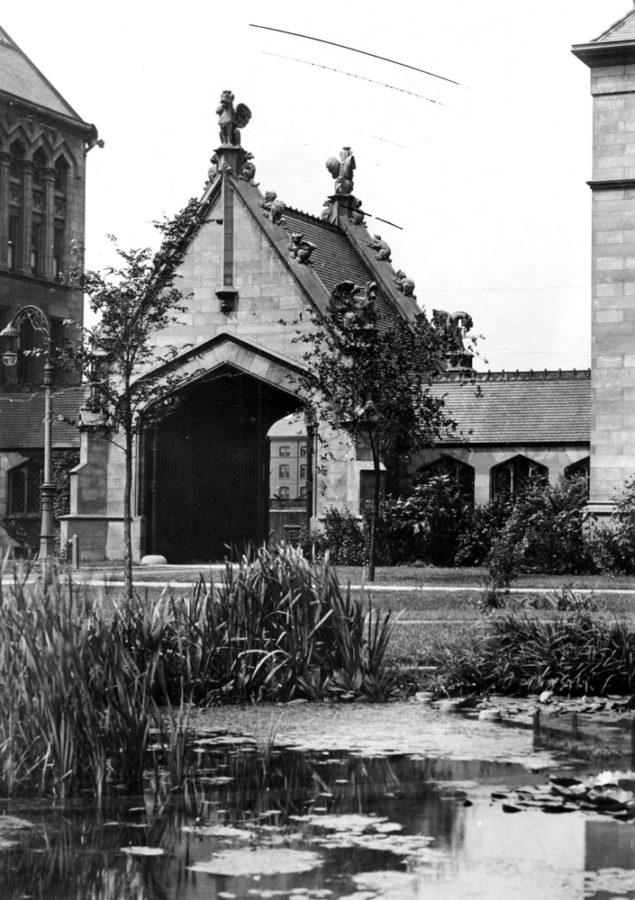I will always remember my second-grade teacher—the strict but fair Mrs. Rehmer—giving my class our very first description of American government. She explained to us the “checks and balances” among the “three separate yet coequal branches of government.” Although I eventually learned much more about the Constitution than this crude description, I always took Mrs. Rehmer’s words as essential truth. But then, a while ago when I was looking at the Constitution, an odd revelation shattered the esteemed position of her words in my mind: Where in the text of the Constitution does the idea that all the branches are “coequal” come from?
Well, not to be anticlimactic, but the answer is: nowhere. (This misconception, by the way, is not reserved for second-grade classrooms: The Wikipedia article on the U.S. Congress describes it as “but one of three coequal and independent branches.”) Indeed, the Constitution’s text seems to contradict the idea that each branch is equal to the others. The Congress, which is granted “all legislative Powers herein,” is given 19 enumerated powers. Meanwhile, the President, according to the Constitution, is the commander in chief, forms treaties (though only with 2/3 approval from the Senate), makes various important appointments (again, with Senatorial approve), and, of course, can veto bills sent to him by the Congress. In light of this, one can certainly make a case, although, in my view, an imperfect one, for the equality between the executive and legislative branches. This is not true for the judicial branch. The Constitution’s description of the judicial branch is minimal; indeed, it is scarcely mentioned. The Constitution has only three sections for the judicial branch (compared to 10 and four for the legislative and executive branches, respectively), and under Section one: Judicial Powers, it reads, in its entirety:
“The judicial Power of the United States, shall be vested in one supreme Court, and in such inferior Courts as the Congress may from time to time ordain and establish. The Judges, both of the supreme and inferior Courts, shall hold their Offices during good Behavior, and shall, at stated Times, receive for their Services a Compensation which shall not be diminished during their Continuance in Office.”
This is an alarmingly scant description of a branch that is supposed to be equal to the other two. (The other two sections of the judicial branch discuss only jurisdiction and treason.)
So where did the idea of coequal come from, anyway? Well, in part, it came from the Supreme Court, when in the case of Marbury v. Madison it granted itself the power to review the constitutionality of laws passed by Congress. In effect, gave itself the legislative powers that the Constitution had reserved exclusively for the legislative branch, and hence—in a quiet, overnight coup—took power that it was never intended to have.
Maybe the founders really wanted the branches of government to be coequal. But perhaps we should actually debate this proposition rather than assume it. Possibly more importantly, we should discuss not only the founders’ intentions, but also whether their intentions are being heeded today. With a president who is currently riding roughshod over congressional authority and a Supreme Court that overturns legislation at the drop of a hat, I think the answer is a resounding no.






